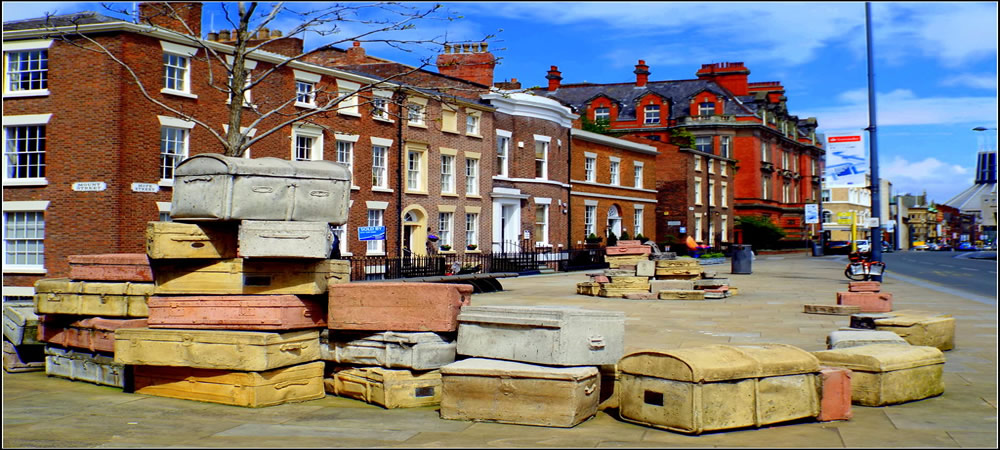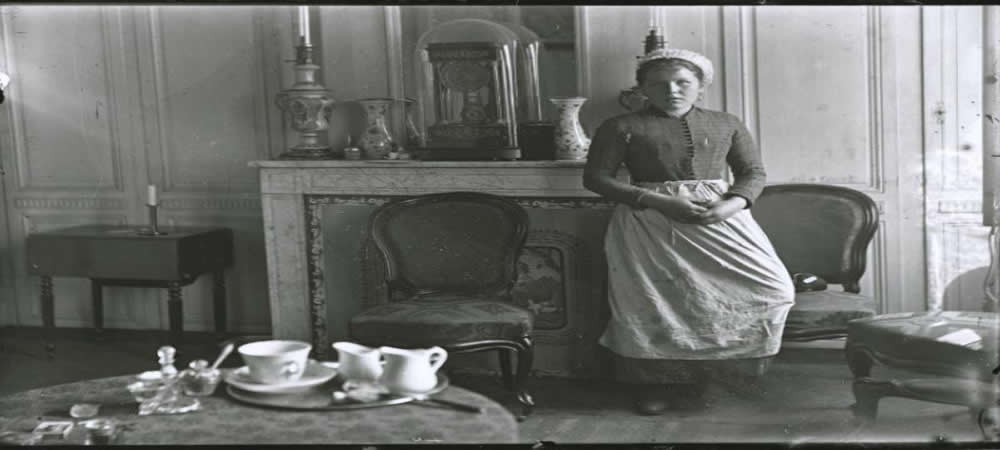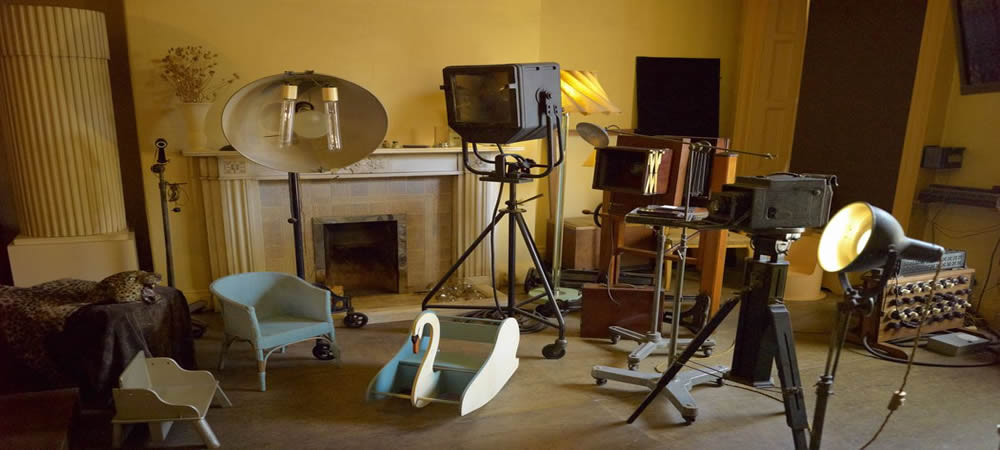"A guided tour of Liverpool's famous Georgian Streets - Hope Street and Rodney Street"



Liverpool was at its trading peak during the late Georgian and early Victorian periods and its affluent merchants were seeking grand houses outside of the town centre.
It was during this period that Hope Street and Rodney Street were laid out and the building of fine houses began.
Take a journey back in time and learn about the famous residents and rich history of this era.
Rodney Street is one of the few streets that would still be recognisable by Liverpool’s 19th Century residents. It has been used as the backdrop for many big film productions as well as a whole load of TV series – Peaky Blinders being one. The street has been associated with Edinburgh’s resurrectionists (grave robbers). It has been home to a prime minister, famous merchants, industrialists and it even has its very own pyramid tomb.
Hope Street has developed as a bohemian area with trendy bars, restaurants and a theatre but retains a fascinating history associated with its buildings and sculptures.
Hope Street is named after William Hope, a merchant whose house stood on the site now occupied by the Philharmonic Hall. Hope Street was voted as the best street in the UK and Ireland by The Academy of Urbanism, who awarded it The Great Street 2013.
The award of the 2014 Stirling Architectural Prize for the renovation of the Everyman Theatre again turned the spotlight on Hope Street, one of the best-known streets in Liverpool. Famously linking the two cathedrals, it contains many cultural, social and public buildings. In addition to the Everyman, there’s the Philharmonic Hall, the Philharmonic Pub, a Masonic Lodge and a Woman’s Centre. However, in its 200-year history, Hope Street’s 600-yard length has also seen a hospital and homeopathic dispensary, a number of churches, an art school and a high school for girls.
By 1800, the built-up area of Liverpool covered what is now the core of the City Centre, the area west of Lime Street Station. Parts of Rodney Street, to east, had been developed, whilst Hope Street had been laid out, but contained no buildings.
John Foster (a famous Liverpool architect responsible for many buildings during this period and buried in St James’s Cemetery) made plans for housing development in this outer area and construction soon followed.
Rodney Street is named in honour of Admiral Lord Rodney, triumphant defender of British interests in the West Indies from 1779 to 1782. Rodney Street was laid out by William Roscoe and others 1783-4, the beginning of a Georgian residential development built to house the affluent away from the old town centre.
Rodney Street in Liverpool, England is noted for the number of doctors who practise there and its Georgian architecture. It is sometimes referred to as the "Harley Street of the North". Together with Hope Street and Gambier Terrace it forms the Rodney Street conservation area. There are over 60 Grade II listed buildings on the street and one Grade II* former church.
Some of the street's famous residents are as follows:
~ Henry Booth merchant, entrepreneur, and engineer
~ Arthur Hugh Clough and Anne Clough were born in the street
~ William Henry Duncan, appointed as Liverpool's first Medical Officer of Health in 1847
~ William Ewart Gladstone was born at number 62
~ E. Chambré Hardman, photographer, studio at no 59
~ Nicholas Monsarrat, novelist, was born on the street.
~ William Roscoe, developer and historian
~ James Maury, the first United States consul from 1790 to 1829, lived at 4 Rodney Street
~ Brian Epstein, manager of The Beatles, was born at no 4 Rodney Street in 1934
Join this tour to learn about the history of Liverpool during the late Georgian and early Victorian periods and discover how some of the more famous residents changed and influenced world developments – many of which we take for granted today.
At the end of the tour it is possible to visit the Victoria Museum housed in the original University of Liverpool building and displays a whole host of fascinating (and sometimes gruesome) medical artefacts from Victorian times.
You're bound to recognise many of the names associated to these streets - World famous pioneers.
Almost like a time-warp, these streets have been used many times in famous films and TV series such as Sherlock Holmes.
Look out for Liverpool's very own pyramid tomb belonging to William MacKenzie - you can't miss it.
There are sculptures, plaques and street art in abundance - even a memorial plaque to the musicians on the Titanic.
This is a walking tour where you will be outdoors for most of the time. In the case of wet weather please bring suitable clothing. You should also have comfortable footwear as there is a fair amount of walking. This tour is accessible for wheelchair users.

The meeting point for the tour is by the steps of the Metropolitan (Catholic) Cathedral in Mount Pleasant.

Tour begins of the Georgian Quarter of Liverpool and lasts for approximately two hours.

The meeting point for the tour is by the steps of the Metropolitan (Catholic) Cathedral in Mount Pleasant.

Tour begins of the Georgian Quarter of Liverpool and lasts for approximately two hours.
Feedback for individual guides is obtained from a variety of sources, including social media. We'd be delighted if you could take the time and let us know how you enjoyed your tour.
Trains on the National Rail Network arrive at Liverpool Lime Street Station. There is also a local train network called Merseyrail that travels to / from Central Station. You would then be able to obtain detailed directions using the search facility above.
There are two main bus terminals in Liverpool. There is the Central Bus Station at Canning Place, Liverpool 1. There is also another terminus at Queens Square by St George's Hall. There is an extensive bus network throughout Liverpool and the 82 bus from the Central Bus Station will travel through the city centre.
Black cabs are available all over the city and can be flagged at the roadside. You can tell the taxi driver the name of your destination and they will be able to take you there. Their knowledge of streets and venues (especially in the city centre) is extensive and you should not have any difficulty.